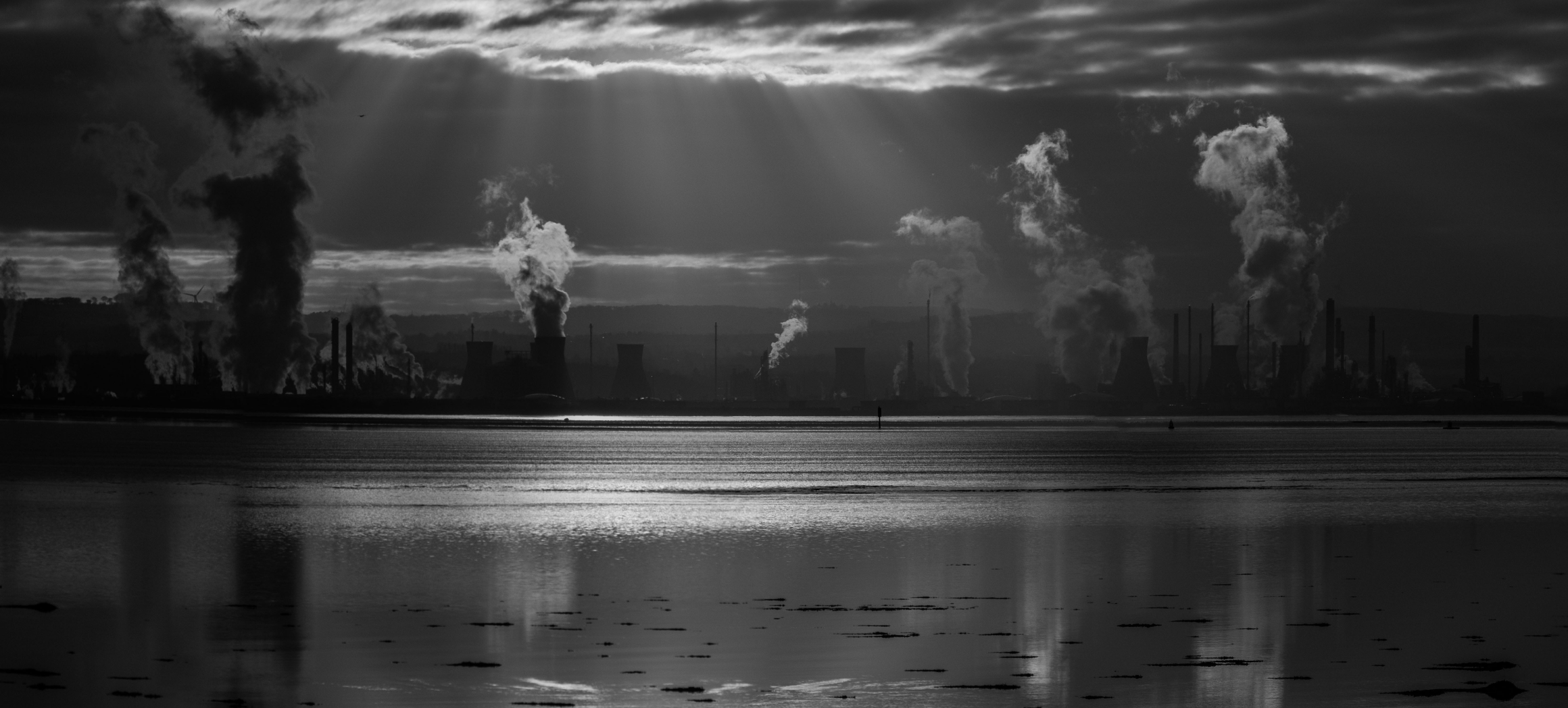The cause of the climate crisis is human activities
One degree. That’s roughly (to be precise — 0.85°C) how the average temperature of the Earth has risen over the past 100 years. It’s quite a bit and this degree proves that the climate crisis is not someone’s imagination. And the planet’s temperature continues to grow.
In everyday life, we face significant temperature fluctuations. They depend on easily predictable cyclical changes (for example, changes of day and night, summer and winter) and rather complex patterns of wind and precipitation. Global temperature works differently. It is affected by how much energy the Earth receives from the Sun and how much of this energy radiates back into space.
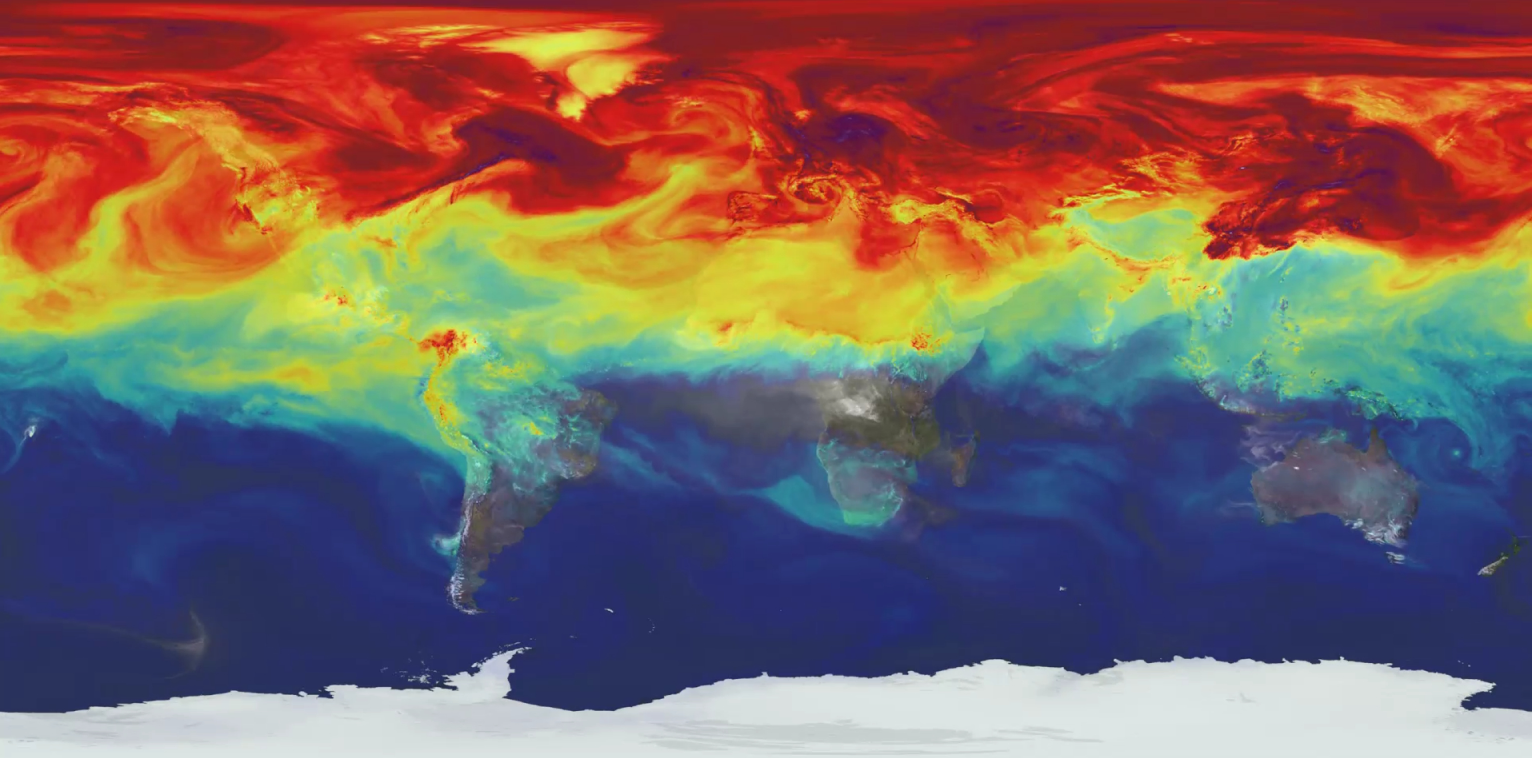
How much energy the Earth “gives back” to space depends on the chemical composition of the atmosphere, primarily the amount of gas that traps solar energy in the atmosphere, creating a “heat trap”. The energy trapped in the atmosphere additionally heats the land and sea. This is the main cause of global warming. This process is mostly driven by carbon dioxide (CO2). Its concentration in the atmosphere is growing annually. Experts are sure that this is due to the activities of people: deforestation, agriculture, burning of minerals for the sake of energy.
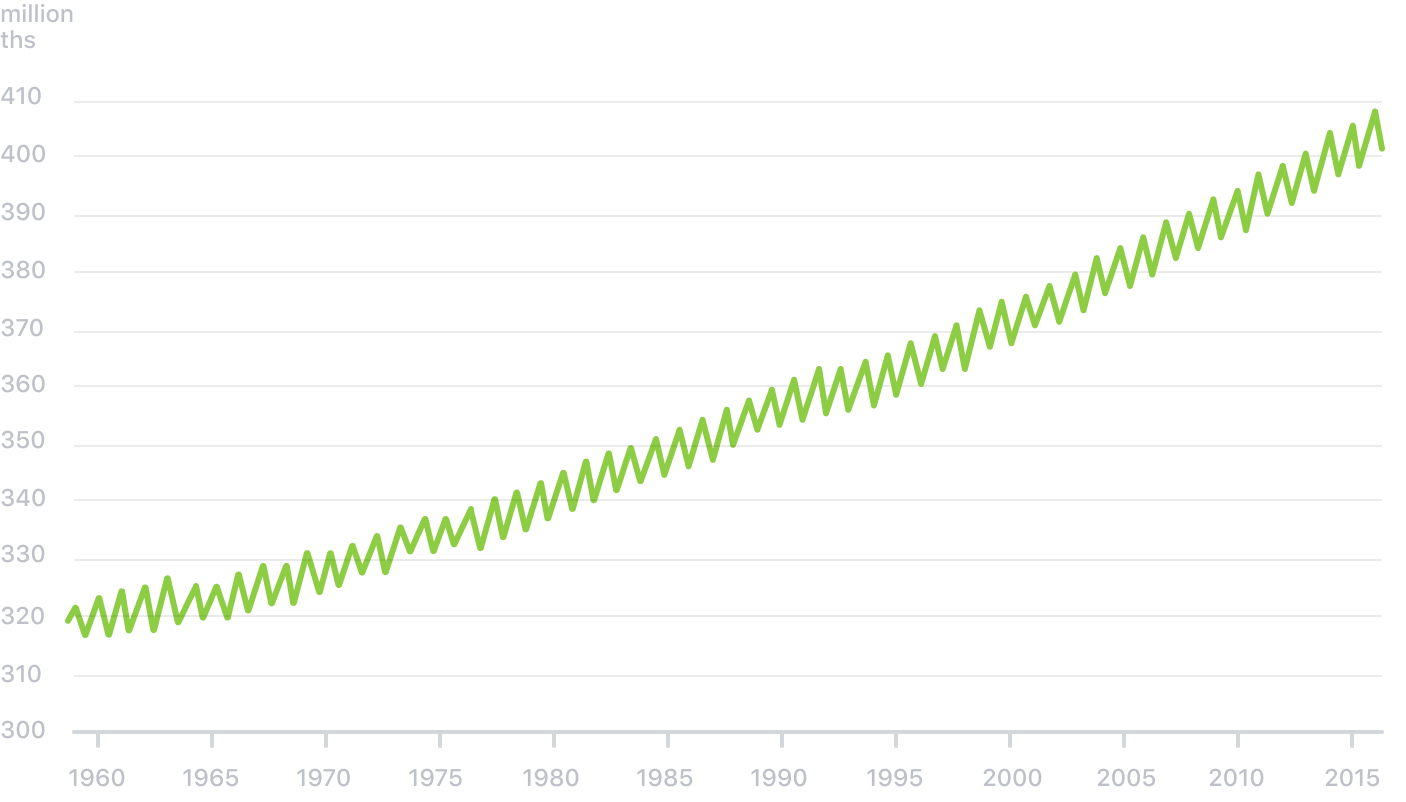
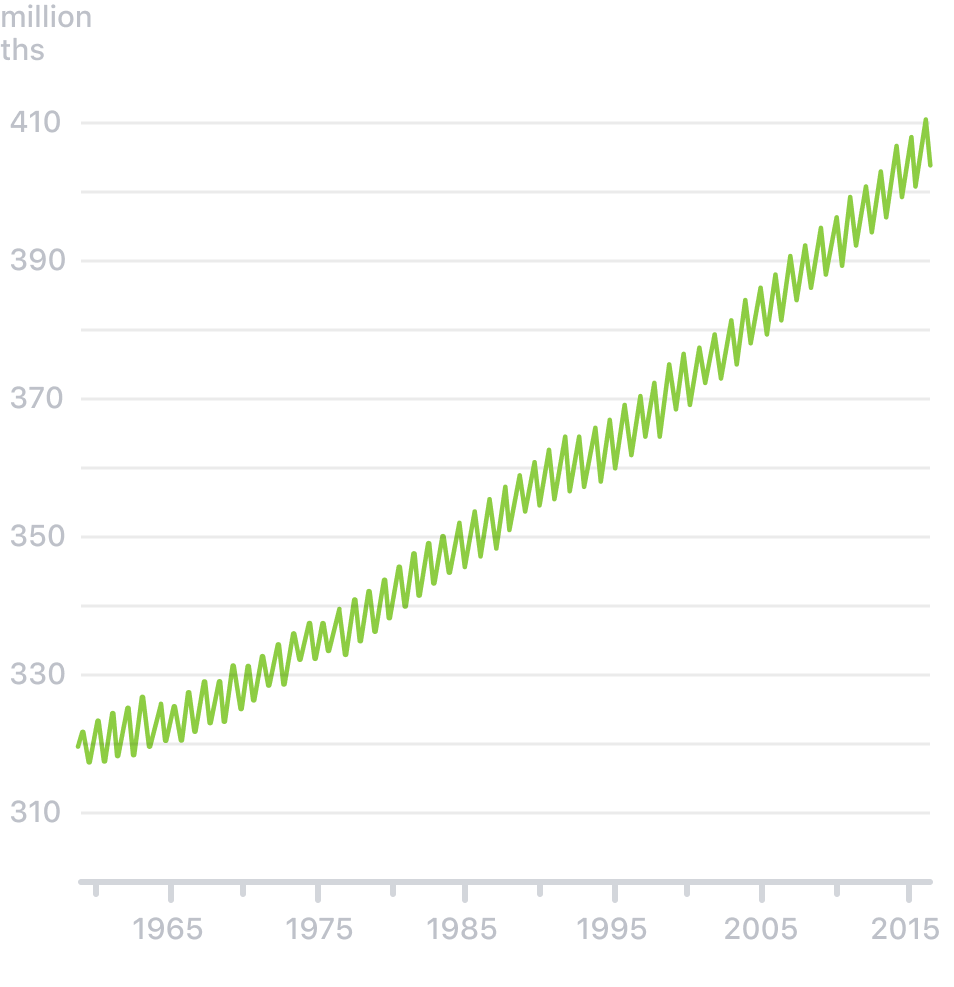
One degree of warming has already had significant consequences. Experts present evidence of an increase in hot days, powerful storms, a negative impact on crops, and deglaciation. Compared to the 1980s, the area of disappeared sea ice is more than three times the size of Ukraine (ref. to the data on ice distribution for any day since 1979 here).
According to forecasts, one degree is just the beginning. It has already led to significant consequences. If nothing is done, then by 2055 the temperature will rise by 2°C, and in 2100 — by 4.5°C. That is a quite a lot. For comparison: in the ice age, the temperature was only 4°C lower than now. Therefore, the threats are quite serious — due to the heat wave, some regions will become uninhabitable, some will disappear due to rising sea levels, health problems will increase, and natural disasters will happen more often. Warming threatens not only people. In 2015, American journalist Elizabeth Colbert received the Pulitzer Prize for her book which describes the effects of the climate crisis for all species on the Earth. Its name is The Sixth Extinction.
Green energy can prevent climate crisis
“Green energy” is understood to mean renewable energy sources, inexhaustible in nature. Environmental impact is a separate issue — it exists, but it is not associated with the emission of gases that trap solar energy in the atmosphere.
Green energy, such as solar and wind, produces neither carbon dioxide nor other gases that cause global warming. According to experts of the UN Intergovernmental Panel on Climate Change, for the temperature not to rise more than 2°C, average carbon dioxide emissions should be reduced by 40-60%. Therefore, as a rule, the transition to green energy leads the list of measures to stop the climate crisis. The most common types of green energy are as follows:
Today, almost 16% of electricity is generated by hydroelectric power plants. With the help of hydropower, one can serve many many people, easily adapting to demand — it is just enough to regulate the flow of water. There are also disadvantages — large dams often destroy river ecosystems, interfere with some species of fish, and are not immune from drought.
People began to use wind energy approximately 7000 years ago, but its efficiency has increased in recent times through progress in creating large turbines. From 2001 to 2017, the total capacity of such energy increased almost 22 times: from 23,900 to 539,000 megawatts. Experts predict further cheapening and expansion of this type of energy.
There are various means of concentrating solar heat as an energy source. The most famous are solar panels and solar thermal power plants. In 2016, solar energy for the first time became cheaper than coal. The amount of solar energy is growing at a frantic pace: in just 10 years — from 2007 to 2017 — the total capacity of photovoltaic panels increased by 4300%.
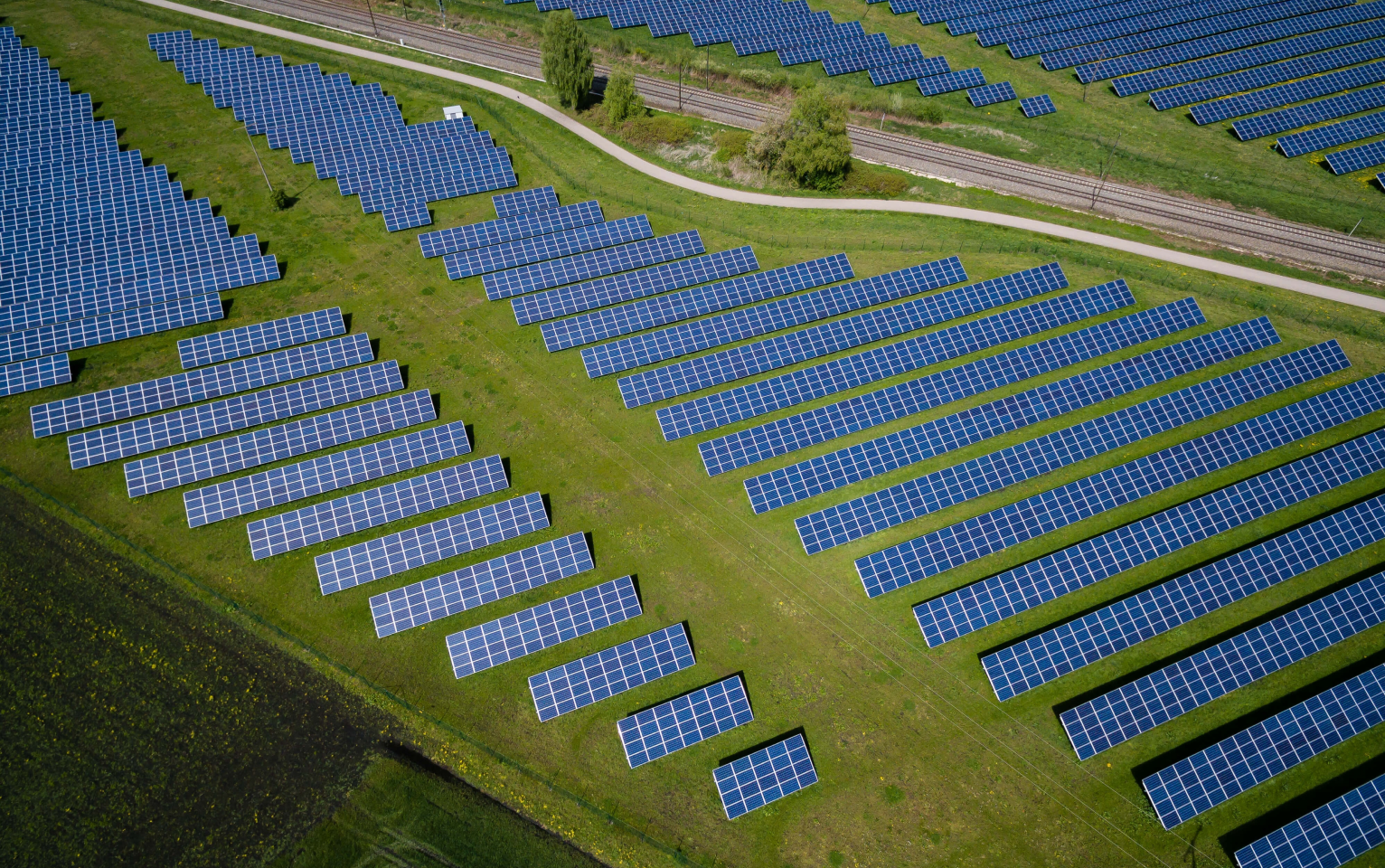
The world is increasingly moving to green energy. Michael Liebreich, founder of the Bloomberg New Energy Finance research group, commented on this process as follows: “The first 1% takes forever; 1% to 5% is like waiting for a sneeze — you know it’s inevitable, but it takes longer than you think; then 5% to 50% happens incredibly fast.”
Does green energy have an alternative? Given the climate crisis, dragging our heels is too risky. Based on the findings of experts in the World Bank’s Reduce Heat report, its previous president Jim Yong Kim emphasized that you can’t hesitate: “How the world will look warmer by 4°C — the basic systems will cease to work in large quantities — water supply, viability of coastal cities. <…> The worst consequences will be in the poorest countries.” The report itself makes an even more frank conclusion: “Predictable warming by 4°C must not be allowed.”
